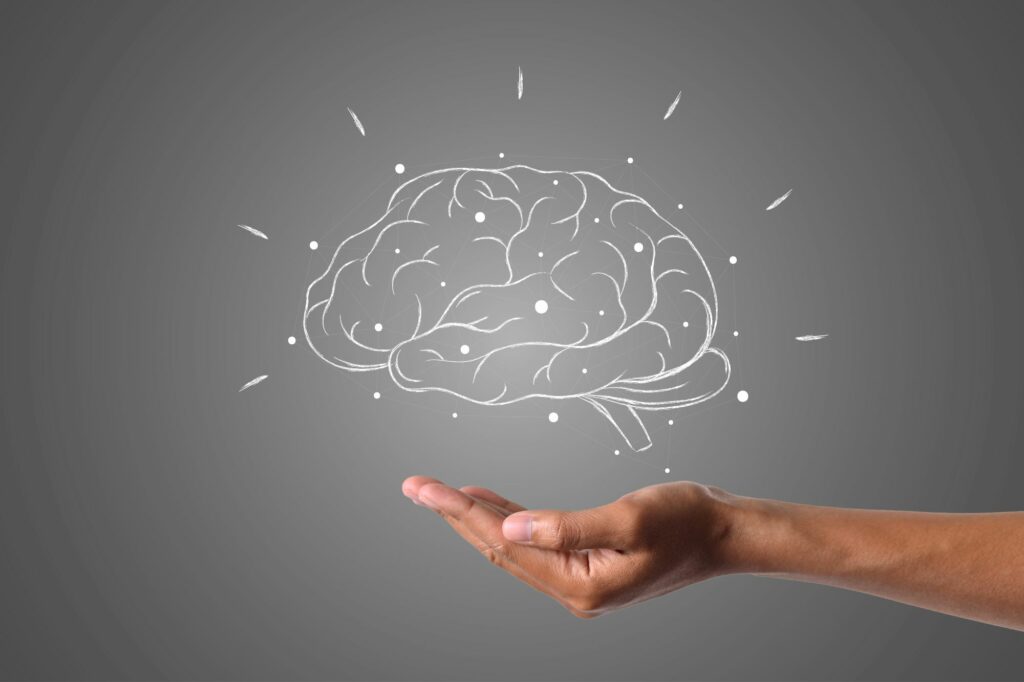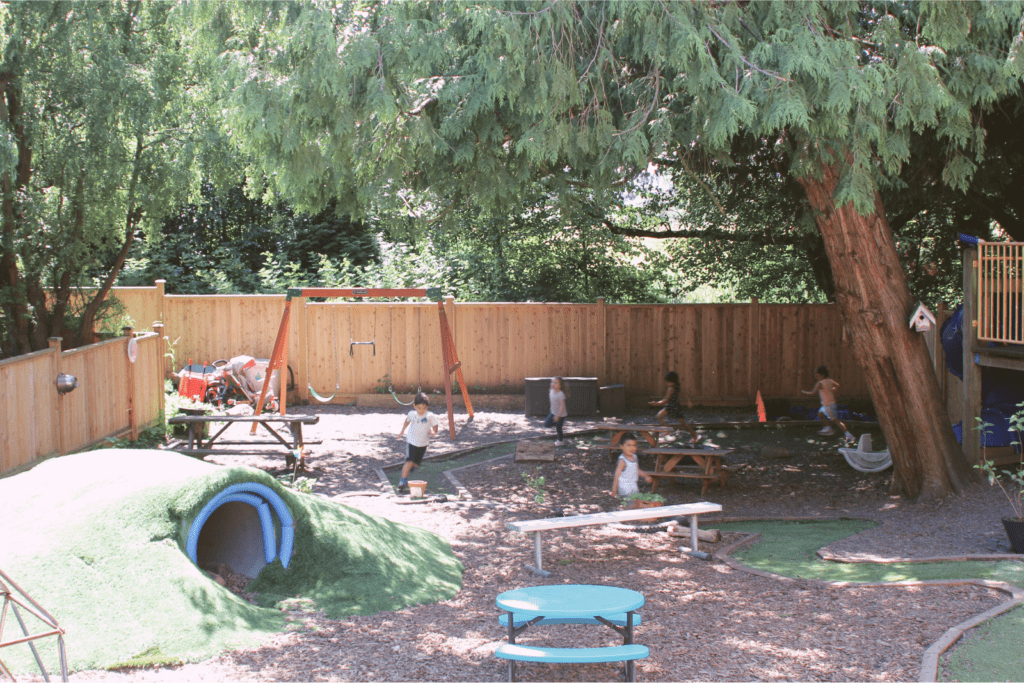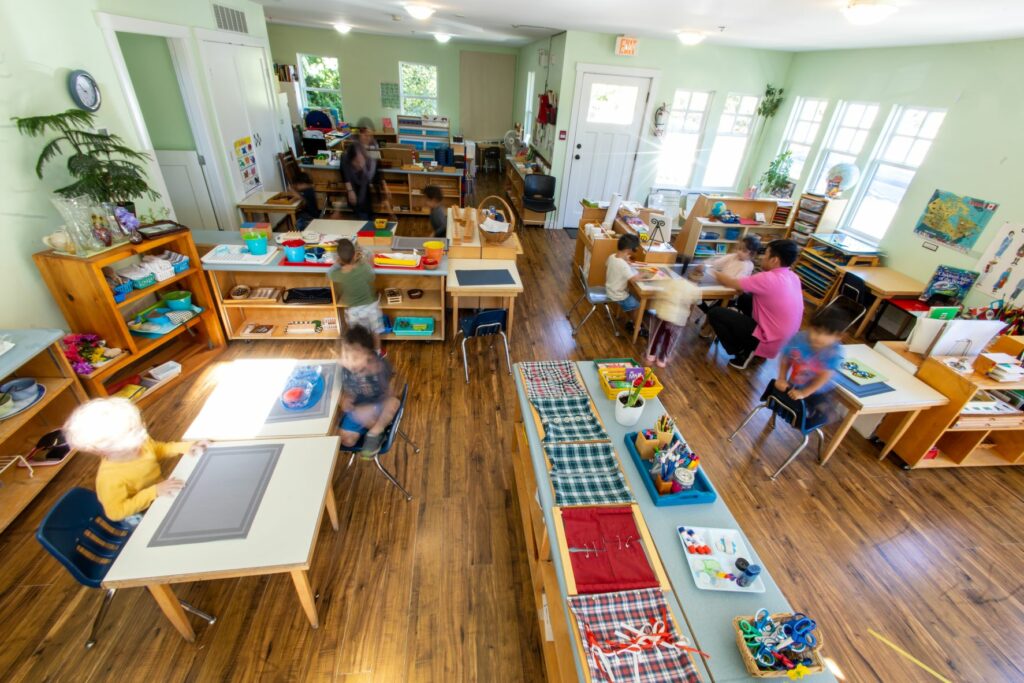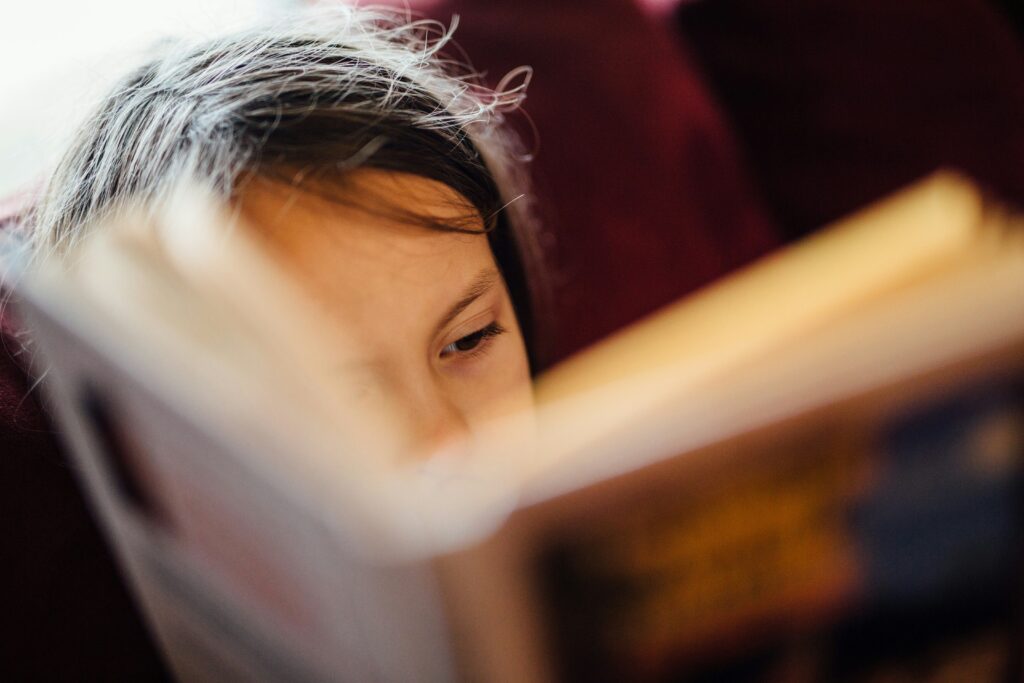Here are the essential planes of development that every parent and educator should know about:
Plane 1: The Unconscious Absorbent Mind (Infancy)
The first plane of development occurs from 0 to 6. During this time, the child’s brain is like a sponge, soaking up information from their surroundings without any conscious effort. Everything the child experiences during this time, from the sounds they hear to the people they interact with, shapes their brain and lays the foundation for all future learning.
As parents and educators, it’s essential to create a supportive environment for the child during this time. Provide plenty of opportunities for the child to explore their environment, interact with others, and develop their senses. The Montessori approach to education is specifically designed to support this stage of development, with a focus on providing a carefully prepared environment that encourages exploration and self-directed learning. For example at Roots & Wings, our language-hungry 3 year-olds are learning cursive!
Plane 2: The Conscious Absorbent Mind (Childhood)
The second plane of development occurs from age 6 to 12. During this time, the child becomes more conscious of their environment and starts to develop their reasoning and critical thinking skills. They also begin to form a deeper understanding of the world and their place in it.
As parents and educators, it’s essential to continue to provide a supportive environment for the child during this time while also encouraging them to take ownership of their learning. Allow the child to follow their interests and pursue their own learning goals, while also providing guidance and support as needed.
Plane 3: The Reasoning Mind (Adolescence)
The third plane of development occurs from age 12 to 18. During this time, the child’s brain undergoes significant changes as they move into adolescence. They become more independent and start to form their own identity and sense of self.
As parents and educators, it’s essential to continue to provide a supportive environment for the child during this time while also allowing them to explore their independence. Encourage them to take on more responsibility and make their own decisions, while also providing guidance and support as needed.
Plane 4: The Humanistic Mind (Maturity)
The fourth plane of development occurs from age 18 to 24. During this time, the child becomes an adult and takes on more significant responsibilities in society. They start to form more meaningful relationships and develop a deeper sense of empathy and compassion.
As parents and educators, it’s essential to continue to provide a supportive environment for the young adult during this time while also encouraging them to become active members of society. Provide them with opportunities to contribute to their community and make a difference in the world.
By understanding the essential planes of brain development, parents and educators can make informed decisions about how to support a child’s growth and development. The Montessori approach to education is specifically designed to support each of these planes, with a focus on providing a supportive environment that encourages exploration, independence, and self-directed learning.
——-
Here are some practical tips for how parents and educators can support a child’s growth and development during each of these essential planes:
- Infancy (0 to 6):
– Provide a safe and supportive environment that encourages exploration and self-directed learning.
– Offer opportunities for sensory experiences, such as playing with sand, water, or play dough.
– Allow the child to observe and interact with nature, such as gardening or caring for animals.
– Encourage movement and physical activity, such as crawling, rolling, and walking.
– Help development in independence by allowing self-directed activities
- Childhood (6-12):
– Allow the child to pursue their own interests and passions.
– Provide opportunities for creative expression, such as drawing, painting, or music.
– Encourage critical thinking and problem-solving skills, such as playing strategy games or puzzles.
– Provide opportunities for collaboration and teamwork, such as group projects or sports.
- Adolescence (12-18):
– Encourage the child to take on more responsibility and make their own decisions.
– Provide opportunities for independence, such as cooking or managing their own schedule.
– Encourage the development of interpersonal skills, such as active listening and communication.
– Provide opportunities for mentorship and guidance from trusted adults.
- Maturity (18-24):
– Encourage the young adult to become an active member of their community and society.
– Provide opportunities for social justice and advocacy, such as volunteering or joining a community organization.
– Encourage empathy and compassion towards others, such as participating in service projects or community outreach programs.
– Provide support and guidance as the young adult navigates their transition into adulthood.
In conclusion, understanding the essential planes of brain development is essential to supporting a child’s growth and development. By creating a supportive environment and providing opportunities for exploration, self-directed learning, and independence, parents and educators can help children develop into independent, compassionate, and responsible adults.
Stay up to date with our Roots & Wings community!
(Image by jcomp on Freepik)




